Japanese chefs on making it in Hong Kong
Jan 02, 2024
Hong Kong lays claim to some of the finest Japanese eateries – from modern versions like Nobu to omakase counters where highly skilled sushi masters will take you on the culinary journey of your dreams. Stephenie Gee talks to three Japanese chefs blazing a trail in the city

It was an omakase to remember: 21 courses, all meticulously prepared by the chef himself, right there and then, behind a counter of silky wood. To begin was Hokkaido crab meat topped with ponzu jelly and caviar; next, two thin slices of sea bream, mild and sweet, with a side of freshly grated wasabi; followed by thick cuts of steamed abalone, glistening under a dashi broth; discs of melt-like-butter ankimo topped with fresh shichimi; delicate chawanmushi; and a perfectly grilled seaperch paired with daikon oroshi. Then came the evening’s main event: the sushi.
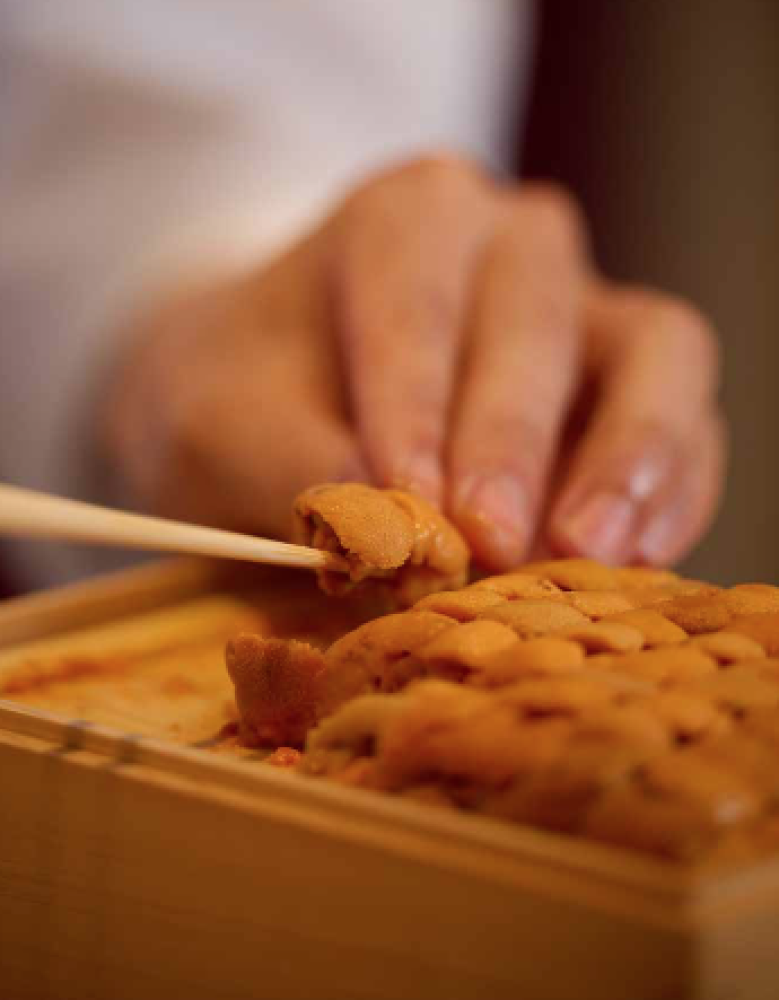
The restaurant was Kanesaka Hong Kong, the latest addition to renowned Japanese chef Shinji Kanesaka’s restaurant empire from Tokyo, operated in partnership with Lai Sun Dining. Headed by Seiji Taniguchi, Kanesaka Hong Kong builds upon the success of its flagship, the two-Michelin-starred Ginza Sushi Kanesaka, bringing an authentic Edomae sushi dining experience to the heart of Central with an emphasis on showcasing the purity and freshness of ingredients through precise preparation methods.

“Hong Kong was chosen as the location for the new international outpost due to its vibrant culinary scene, discerning diners and its reputation as a global hub for fine dining,” explains Taniguchi, formerly of Sushi Kanesaka’s Tokyo Palace Hotel branch. “The city’s diverse and sophisticated palate makes it an ideal destination to introduce Kanesaka’s authentic Edomae sushi dining experience to an international audience.”
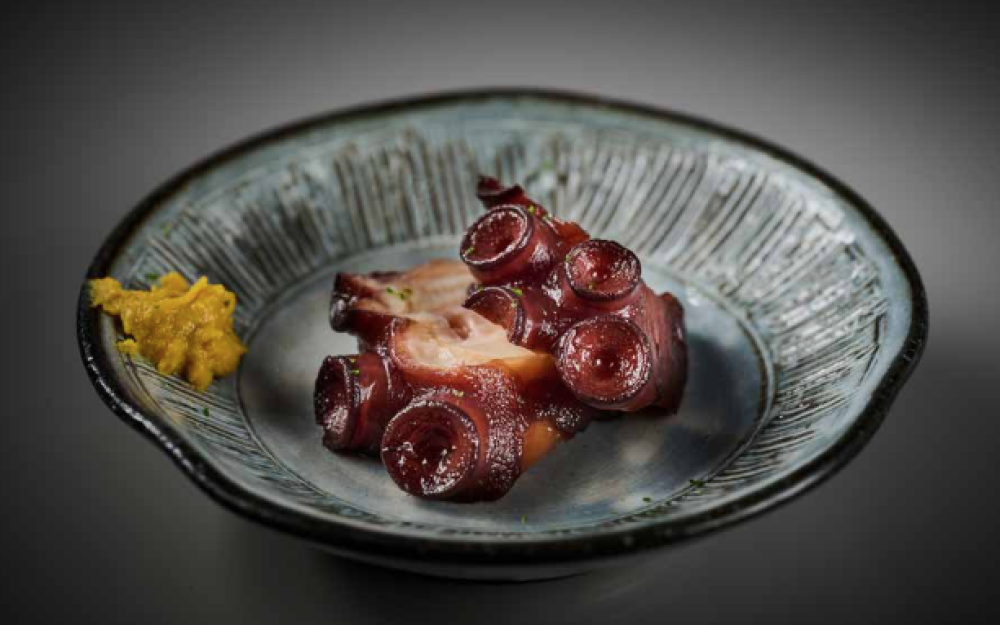
Edomae (“Edo” references Tokyo, known as Edo before 1868, and “Edomae” translates to “in front of Edo”) is a style of sushi originating in the 1800s that is widely credited to Hanaya Yohei, a Japanese restaurateur and chef born in Fukui prefecture who arrived in Edo in 1818. Popular as a sort of fast food among busy Edo workers on the run, Edomae sushi is sliced neta (sushi topping) placed atop vinegared rice, and hand-moulded together. Consider it the precursor of nigiri sushi. But instead, red akazu vinegar – made of sake lees, a byproduct of sake brewing – was used in place of today’s rice vinegar; the rice was about three times as large as modern-day nigiri sushi; and to accentuate flavour as well as prevent spoilage in the era before refrigeration, the neta, fresh from Tokyo Bay, would generally be treated with some sort of cooking or curing element. This new preparation method was a revelation. In the past, sushi was made in a style called narezushi: fish – usually carp – packed in salt and rice, and left to ferment over months, years or even decades. The rice would later be discarded and the narezushi served simply, without cooked rice or condiments.
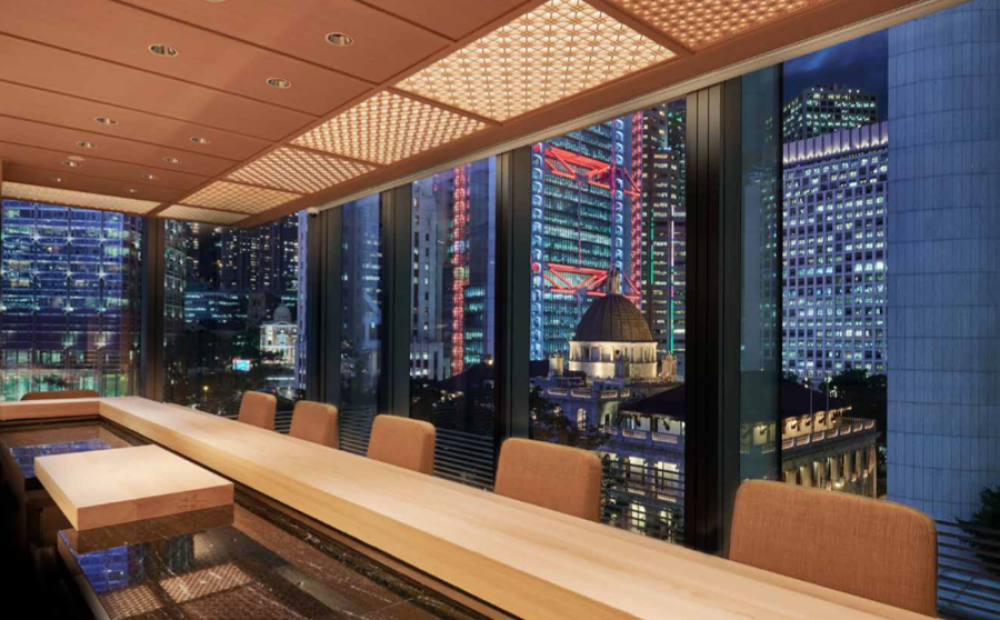
But today, when refrigeration is readily available, why wouldn’t a sushi master just serve fresh, raw fish? Once you have a taste of Edomae sushi yourself, it makes sense. Take ika, or squid, for example. After Taniguchi deftly slices it into uniform cuts, he moulds it onto a bed of expertly prepared rice before finishing with a dash of salt and Oita lime, rendering the squid sweet, buttery and tender. Or the akami tuna, which is steeped in soy sauce to bring out the full character of the fish. Each bite is pure, succulent umami.

“What sets Kanesaka Hong Kong apart from other sushi restaurants is its unwavering commitment
to authenticity and the meticulous attention to detail in every aspect of the dining experience,” says Taniguchi. With seating for only 20 guests (eight at the main counter, eight in the private dining room and four at the private counter), the skilled chefs are able to provide individualised attention and engage in direct interactions with each guest for an intimate and unforgettable experience. “From the serene and intimate ambiance to the personalised service, Kanesaka Hong Kong strives to create an unparalleled atmosphere where guests can fully immerse themselves in the art of Edomae sushi.”
Also see: Discovering the spirit of The Macallan (part 1)
Nearby, Sushi Fujimoto by Kenichi Fujimoto – who began his career in the hairdressing industry before being introduced to the world of sushi at the age of 22, and subsequently honed his skills under sushi maestros like Shinji Kanesaka and Takashi Saito – opts for a different take on the same theme. While most omakase eateries in the city generally adopt a more serious tone, Sushi Fujimoto stands out for its lively and convivial ambiance, thanks in no small part to Fujimoto’s welcoming demeanour. “I would say at Sushi Fujimoto, my sushi is very classic and traditional but it’s full of the omotenashi spirit, or the art of hospitality,” he says. “We try to keep the environment and atmosphere entertaining for a fun dining vibe.”
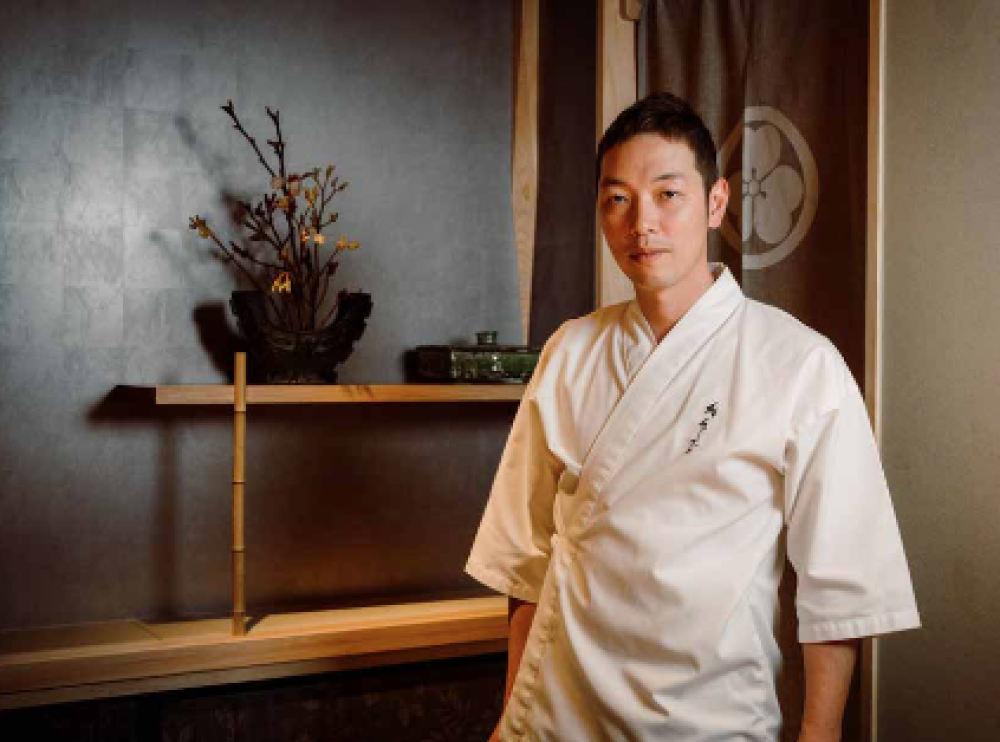
Combining modern minimalism with traditional Japanese elements, the interiors – by renowned designer Junzo Irikado – exude refined elegance. Fujimoto’s wife, Ai Fujimoto, takes charge of the floral arrangements that adorn every room and significant corner of the restaurant. On the walls hang calligraphy by Japanese calligrapher – and Fujimoto’s uncle – Nangaku Inoue. And lighting moves to the rhythm of the music for a vibrant ambiance that enhances the enjoyment of every bite. “While we respect the traditions of the sushi experience, we want to do things slightly differently to others. At our restaurant, we change the music and lights between the appetisers and sushi courses. The main reason for this is to give our guests a surprise, a change of mood and to ‘alert’ them to focus on the upcoming sushi courses,” Fujimoto explains.
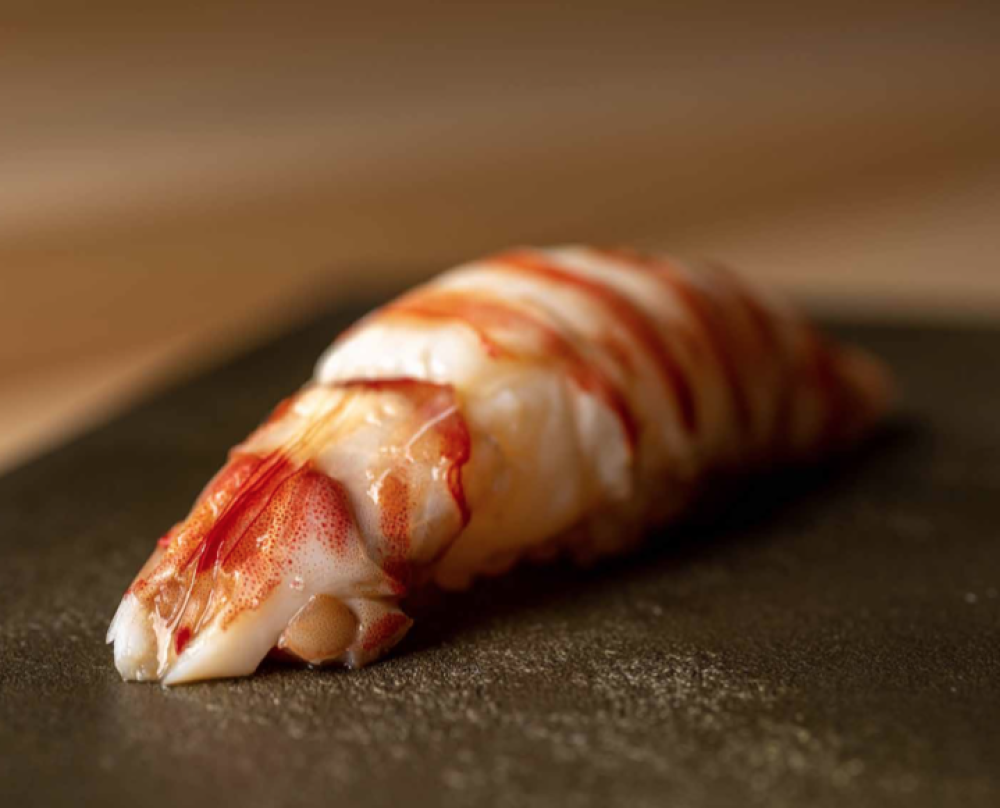
Still, of course, sushi is the main attraction and simplicity is Fujimoto’s watchword. “My philosophy is ‘simplicity is best; less is more’. At Sushi Fujimoto, all the fish we use have different characters and profiles. I don’t want to kill the original flavours and tastes with a lot of seasonings or marination,” he tells me. “Instead, I just want to focus on bringing out the umami taste using traditional Edomae techniques.” The kohada (gizzard shad), for example, is aged for two days in salt then rice vinegar. The kuromatsu (blue fish) is charcoal grilled, lending a smoky depth. And the tuna hand roll, made up of three distinct cuts – akami (lean tuna), chūtoro (medium fatty tuna) and ōtoro (tuna belly) – is paired with pickled radish, chopped scallions and white sesame.
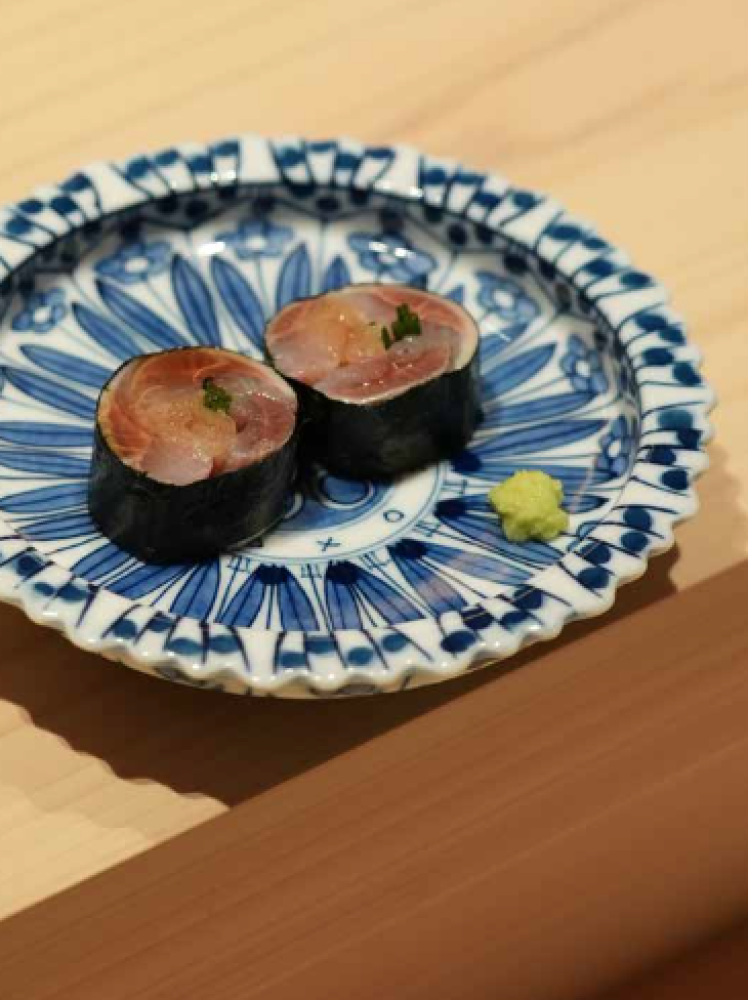
“It’s the winter season right now in Japan and all the fish are getting fatter and fatter, so the quality is very good,” Fujimoto says. “Monkfish liver and shirako (milt) are on the menu, as well as snow crabs as they are in season – the female crabs especially are delicious. My personal favourite is always the squid and all the silver skin fish.”
Beyond sushi, there’s a whole world of delicious Japanese food. Delivering on this front is Nobu Hong Kong by Nobuyuki “Nobu” Matsuhisa, which recently made its highly anticipated return to the reimagined Regent Hong Kong. It’s helmed by executive chef Jason Au, who began his career cooking Western cuisine before finding his niche when he joined Nobu 57 in New York in 2007. “Nobu Hong Kong is close to my heart, as it was only my second opening in Asia,” Matsuhisa tells me. Not much has changed, except that of the space, like the addition of a small Zen garden at the entrance and a sea urchin ceiling in place of the former deep blue ceiling scape. “Hong Kong is a vibrant city with a rich food culture. It’s a world-renowned dining destination, and we are very excited to be a part of it.”
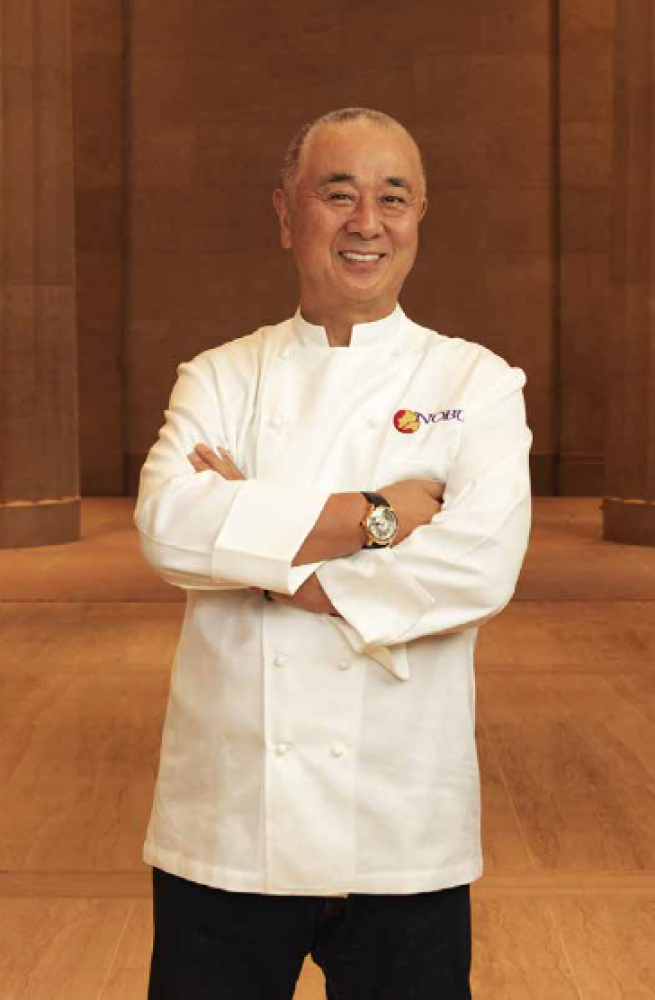
From Saitama in Japan, Matsuhisa took an interest in cooking early on, eventually landing an apprenticeship at a sushi counter in Tokyo. Seven years in, a regular customer propositioned Matsuhisa on a partnership in Lima, Peru, where the fusion of his classic Japanese training with Peruvian ingredients and flavours sparked the creation of his “Nobu-style” cuisine. The signature dish – and the one said to have floored Robert De Niro so much that he approached Matsuhisa to become restaurant partners – is the black cod miso. “Like all of our recipes, we use the highest quality, cleanest ingredients. However, the flavour combination here is somewhat unexpected to the average palate. It is flaky, buttery and slightly sweet but rich in umami flavour,” he says of its appeal.
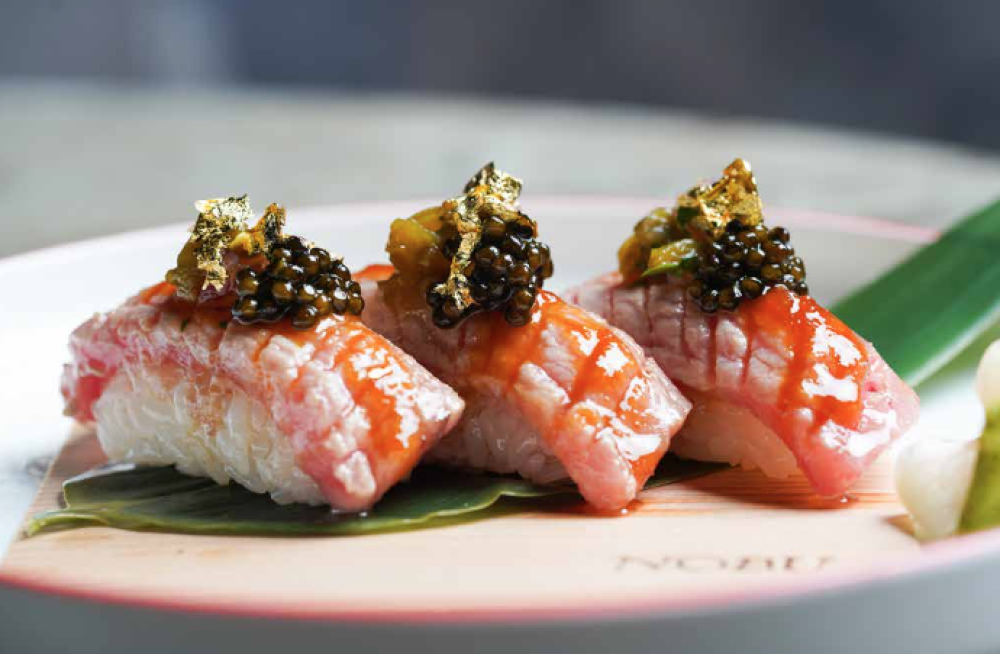
As with all Nobu restaurants around the world (there are 51, spanning five continents), this cult favourite takes centre stage on the menu at Nobu Hong Kong, alongside other signatures like the yellowtail jalepeño, toro tartare with caviar, and rock shrimp tempura with creamy spicy sauce. To complement is a beverage programme of Nobu-style cocktails and sake brewed exclusively for Nobu restaurants by Hokusetsu brewery on Japan’s Sado Island. Soon, we hear, the menu will expand to include Hong Kong-centric creations.
“When Nobu first started we were doing something very new that most people had never tried. Sushi and Japanese food was not that popular in many countries, let alone with my addition of Peruvian ingredients and flavours. These days this type of food is much more common but people still come to Nobu because they enjoy the food, the experience and the service,” he says on what has guests returning to Nobu. “Good food and good service is a concept that works all over the world, and I think that’s why people keep coming back.”
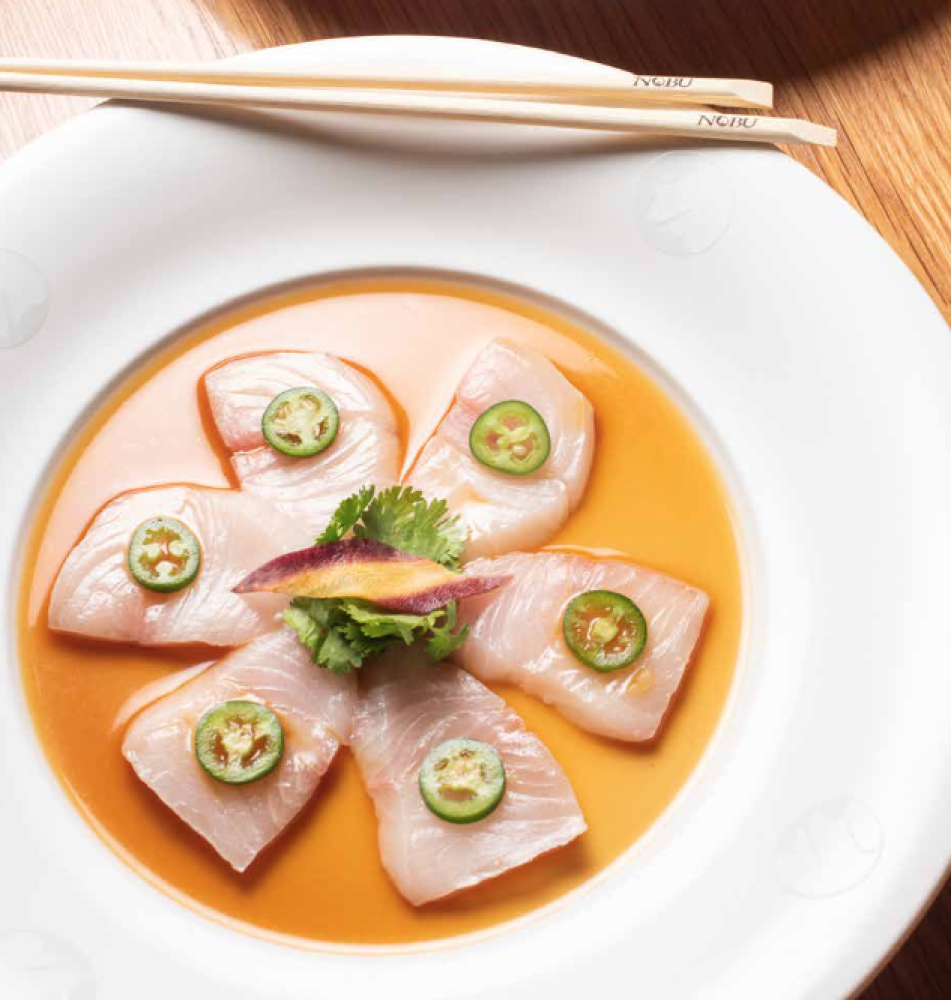
Service is the heart of the Nobu experience. The Japanese spirit of hospitality known as omotenashi,
and kokoro, meaning “from the heart”, have marked the brand’s savoir-faire since its inception in 1994. “The Nobu philosophy revolves around omotenashi. It means everyone working together to create the best experience and being considerate of each other and our guests,” Matsuhisa explains. In practice, that could mean offering oshibori (hot towels) to guests upon arrival, or a shawl when air-conditioning may be too chilly, or noting whether a guest is left-handed and arranging their place setting accordingly.
He continues, “In our restaurants and hotels, we do everything with kokoro. In every step of operations, we never lose sight of the human element.” Today, at 74 years old, Matsuhisa himself continues to work, spending 10 months of the year traveling to see the various teams around the world. “We are very hands-on and because of that our quality and standards stay consistent, and we pride ourselves on that,” he says.
So, of course, the best is what you can expect from Nobu Hong Kong: “I want to maintain the Nobu standards in Hong Kong. As always, I want to provide the best quality ingredients, good clean food, and good service in a beautiful and welcoming environment.”



























